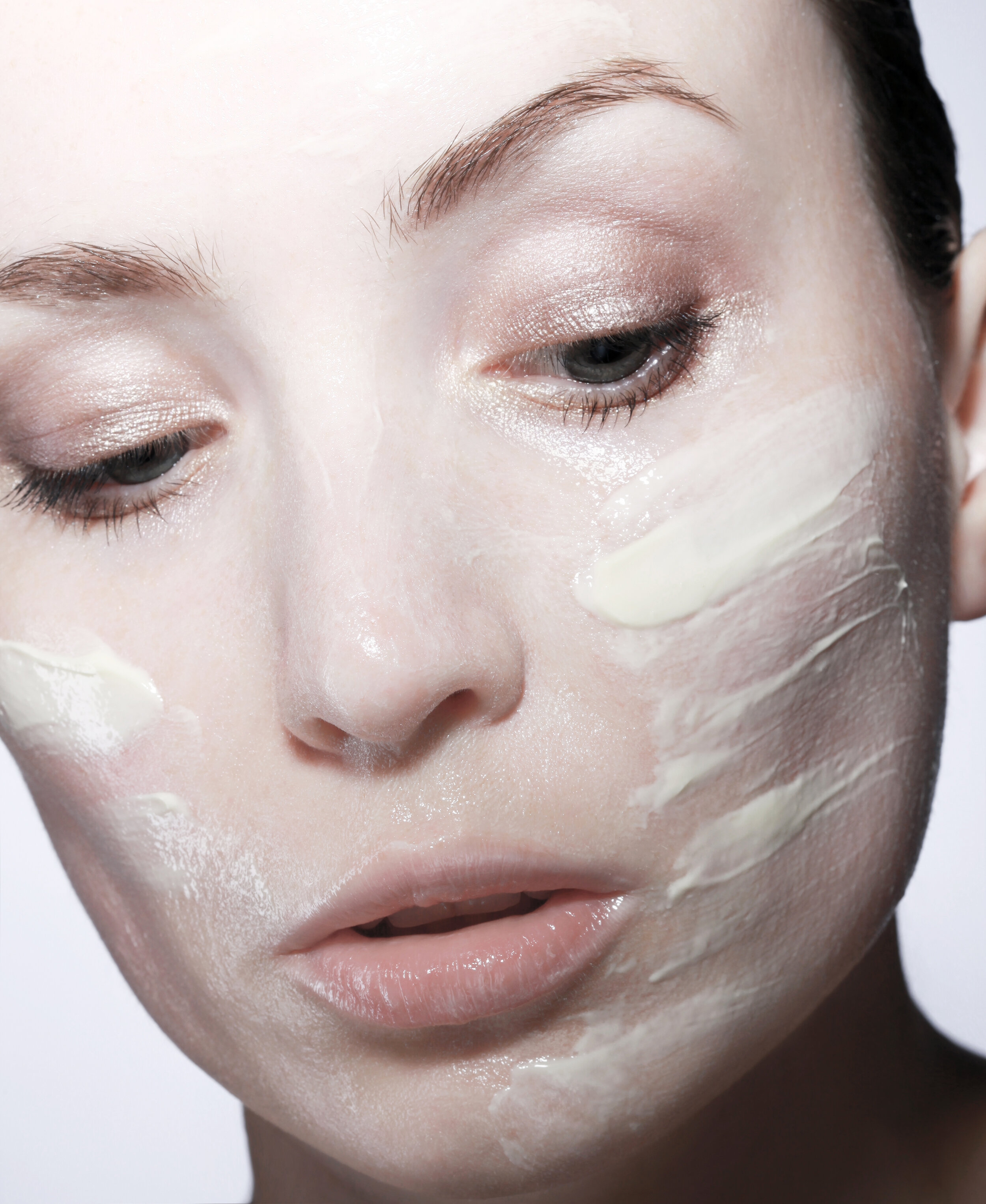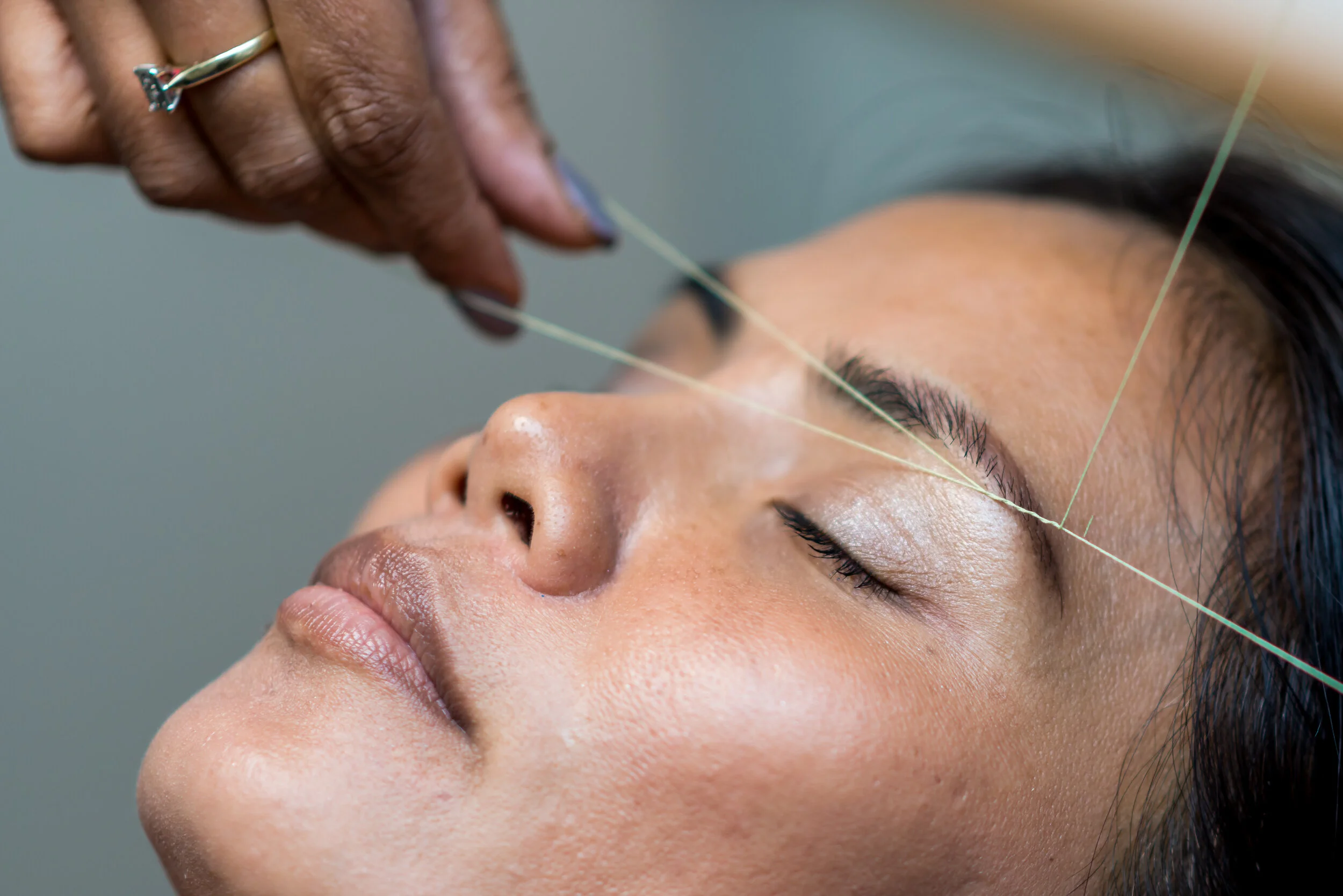Comedogenic List: Pore-clogging ingredients to avoid if you have acne-prone skin
/Is your toothpaste, lip balm, shampoo, hair gel, shaving cream, or makeup acne-friendly? If you struggle with breakouts and you don't know the answer to this, you should. Actually, you should even know whether or not your partner's products are acne-friendly if you are prone to breakouts. Heck, you should know if your baby’s products are acne-friendly! Comedogenicity refers to the tendency of an ingredient to clog pores and every product that comes in contact with any part of your body can eventually migrate to your face and contribute to a breakout. Forehead breakouts? Check your hair products. Chin and mouth breakouts? Check your partner's toothpaste and lip products. Breakouts on your cheeks? It could be cuddle acne from your baby’s shampoo.
Learning to determine whether a product is acne friendly or not is one of the most important ways to manage acne long term. Unfortunately, regulations on cosmetic labeling (especially in the U.S.) are relatively loose and companies can label their products "non-comedogenic" whether it is true or not. Acne sufferers in particular tend to get caught up in marketing traps by purchasing products with meaningless labels like "oil-free" that end up making their condition worse. Just like choosing food at the grocery store, the only way to really know what a product is about is by reading the back where the ingredients are, not the front where the label is. In our e-course The 8 Steps To Clear Skin, we have an entire lesson on eliminating pore-clogging products that includes tips on oils, fragrances, and an entire checklist of products you should be checking. To get started, check all of your skincare products, household products, and personal care products for you or anyone you come in contact with against this list. I also recommend taking a screenshot of this list so next time you go to purchase a new product, you can check it against the ingredient list first.













